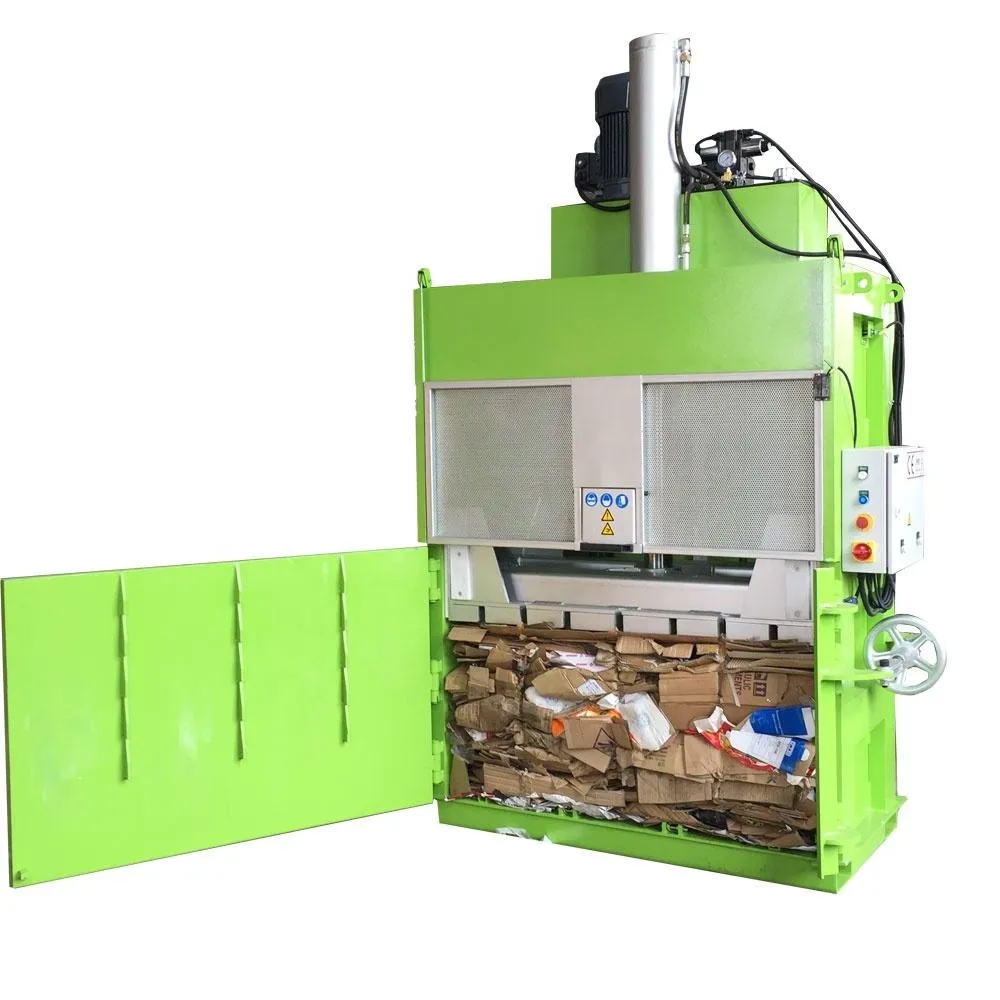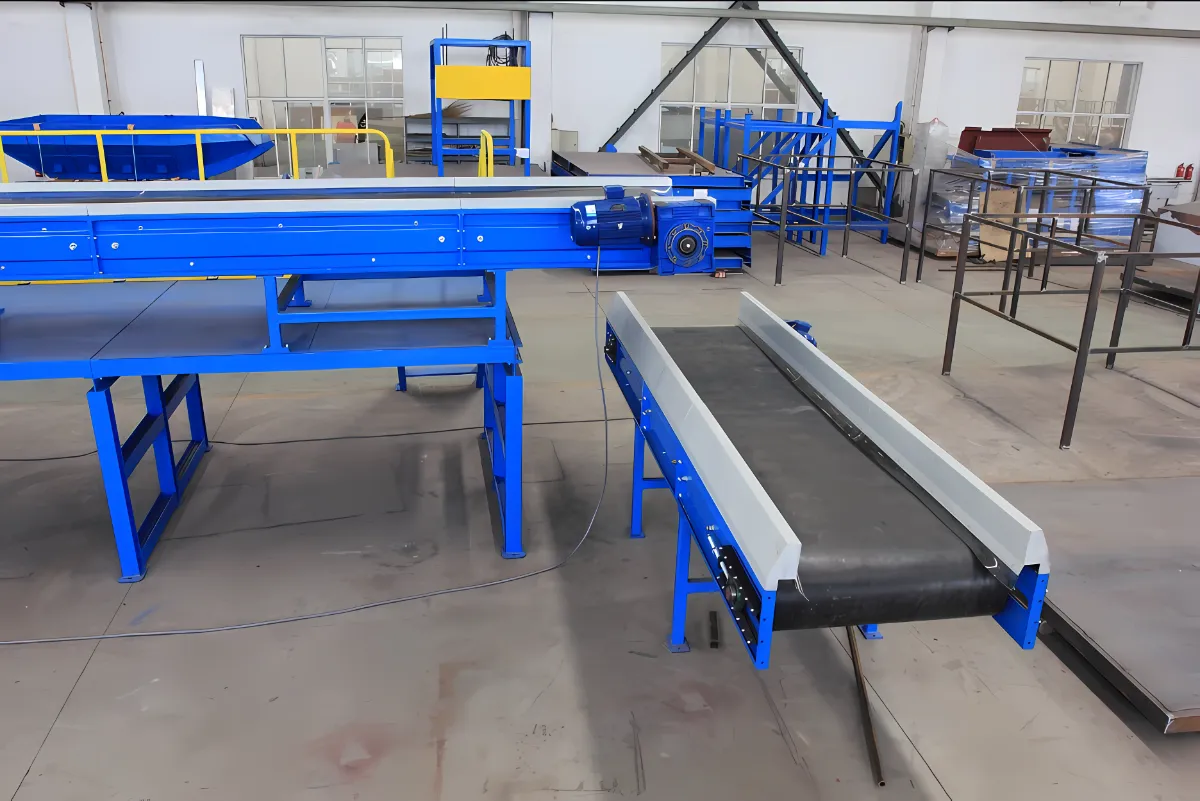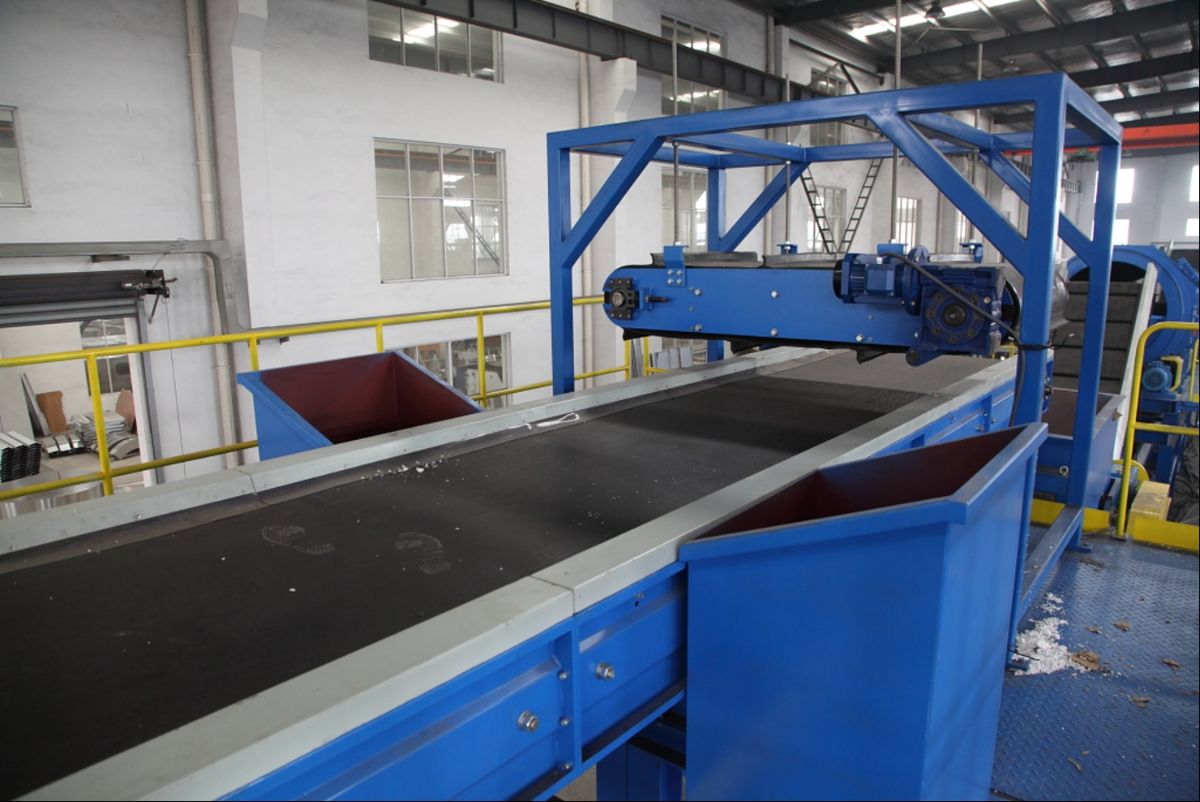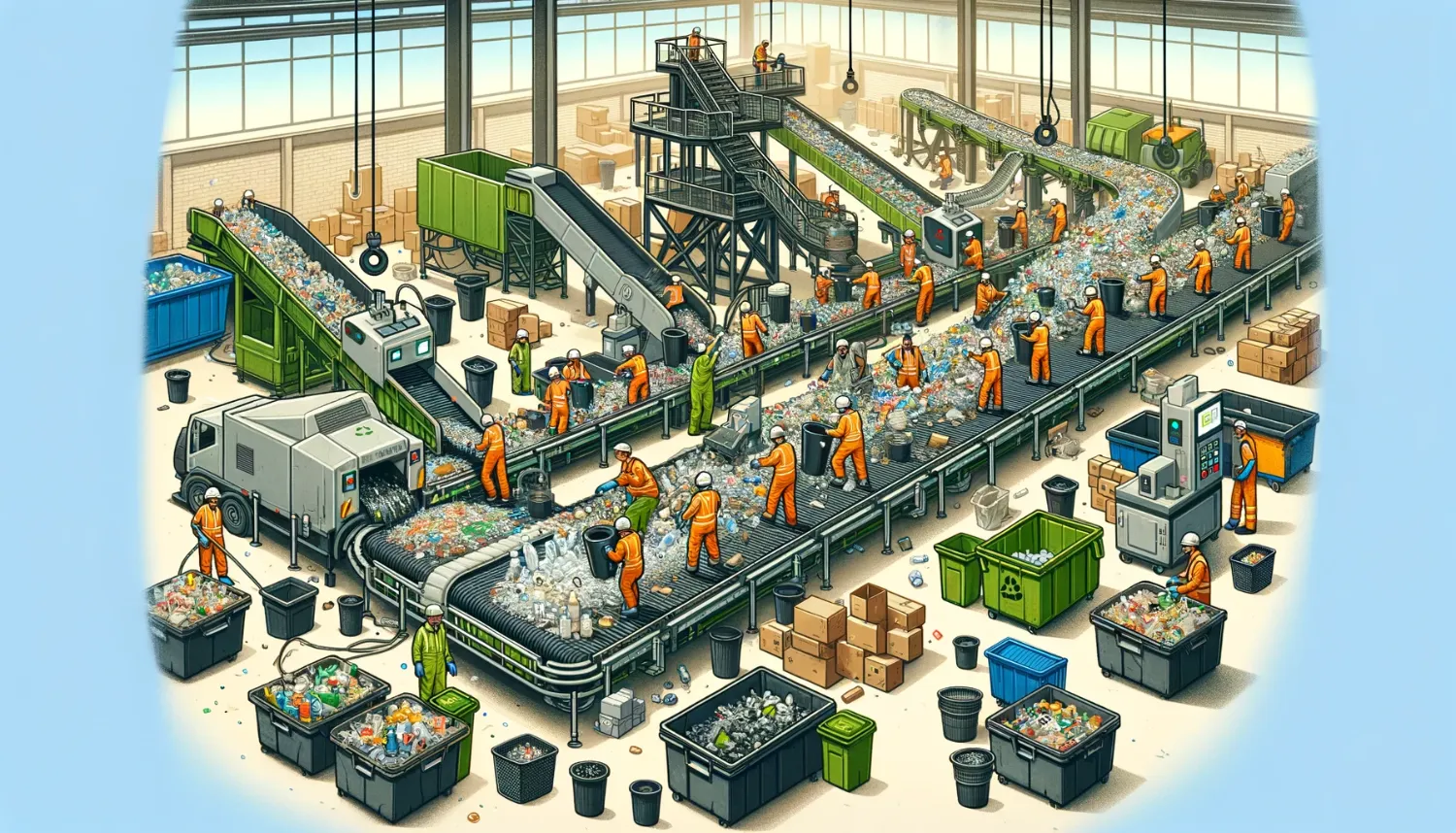Lagos Leads in Environmental Protection: A Ban on Single-Use Plastics
Embracing Sustainable Waste Management The ban on single-use plastics and Styrofoam in Lagos is not just an environmental statement; it’s a call to action for innovative waste management solutions. As manufacturers of state-...



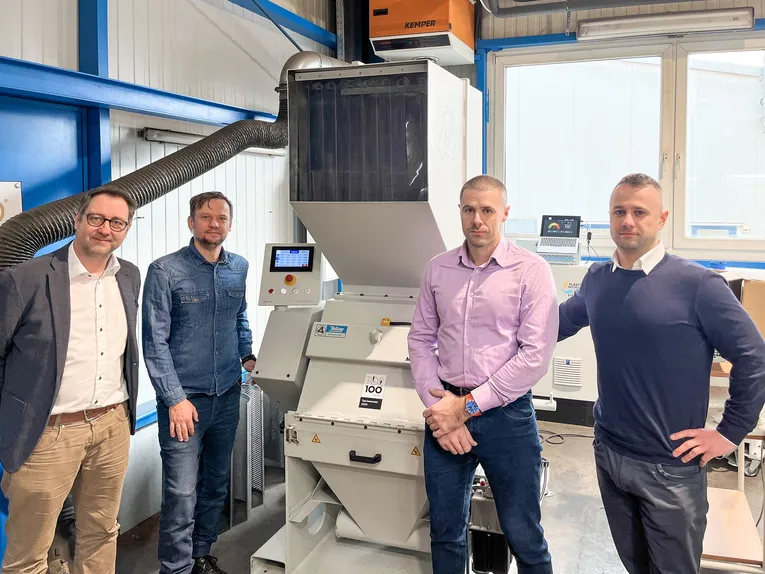
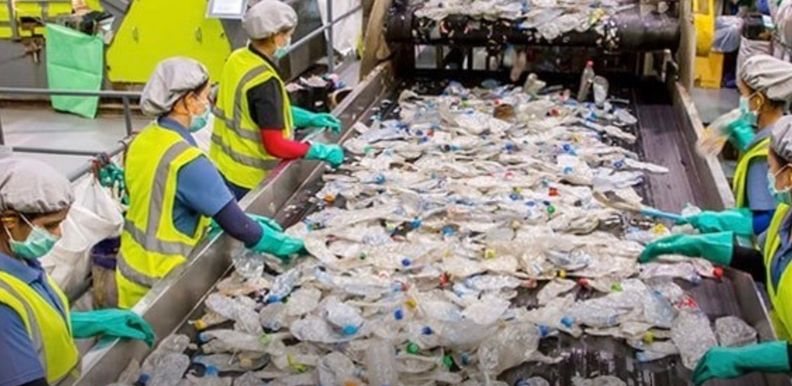

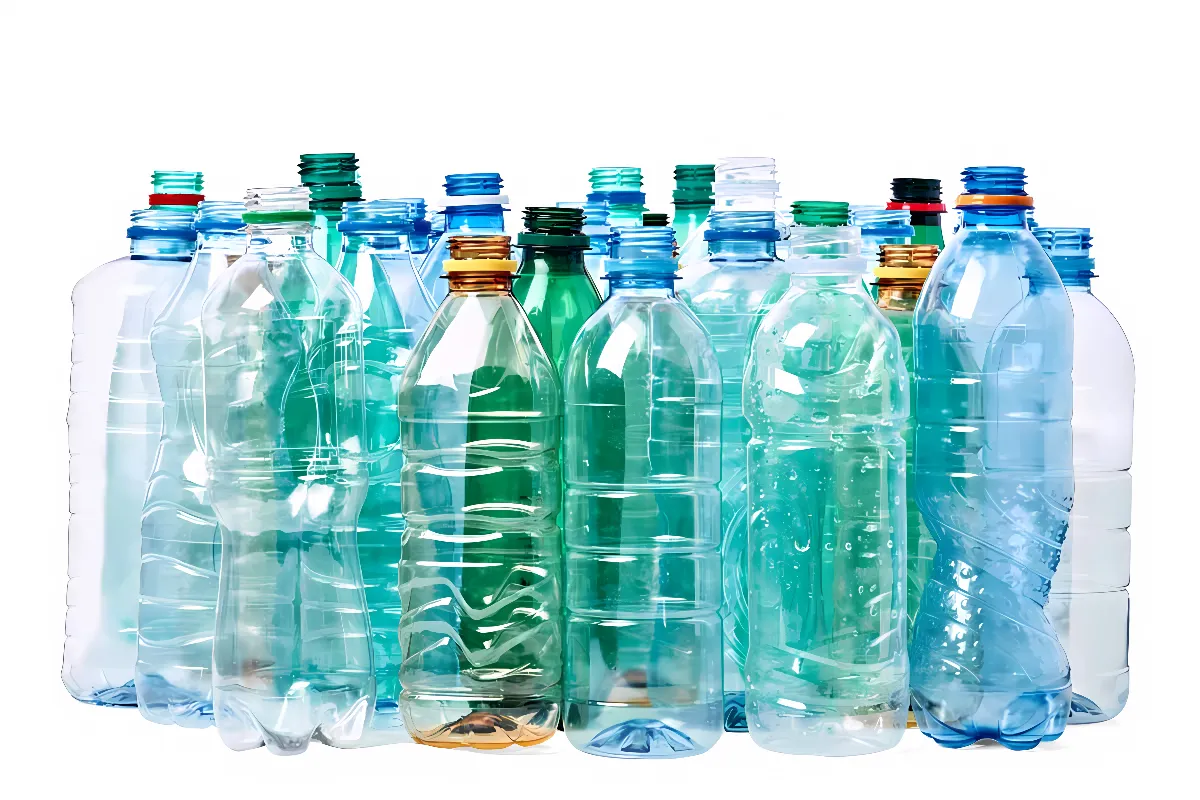




_7.webp)
